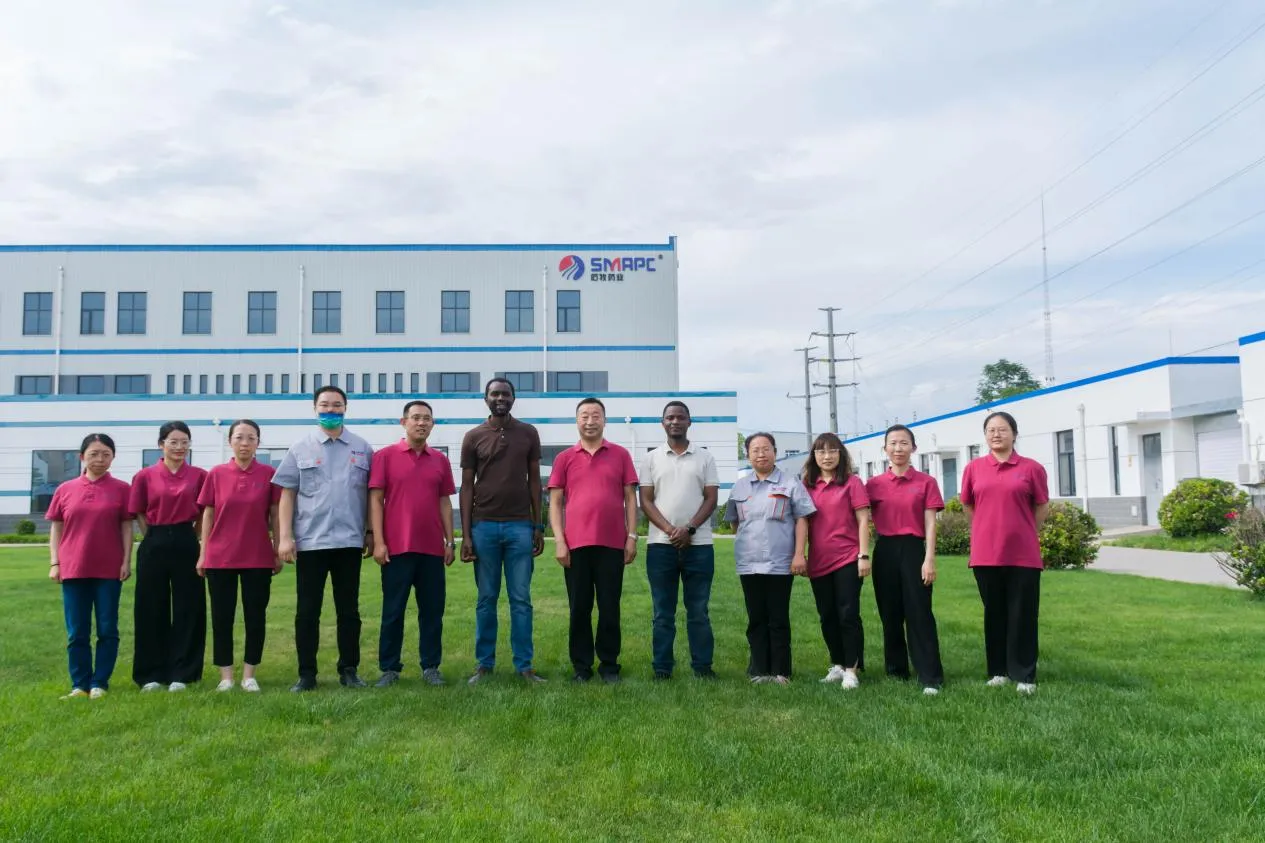4. Omega-3 Fatty Acids Found in fish oil and flaxseeds, omega-3 fatty acids are known for their many health benefits, including anti-inflammatory effects. They can play a significant role in reducing the inflammatory response associated with allergies. Adding omega-3 supplements to your horse's diet can help improve skin health and respiratory function.


